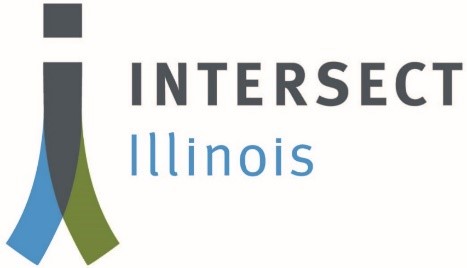This issue of the Taxpayers' Federation's Tax Facts focuses on the hottest topic in Illinois taxes today: a proposal to amend Illinois’ constitution. Voters this fall will decide whether to authorize a change to Illinois’ 50-year-old flat-rate income tax and permit one imposed instead at graduated rates.
The comparisons of six hypothetical families and their tax liabilities in seven different states, including Illinois before and after the proposed rate changes are fascinating. Even with a significant tax rate increase on the high-income families, Illinois’ was not the highest tax bill. Take a look and see how various Illinois taxpayers will be impacted.
Proponents call the new structure the “Fair Tax,” but fairness is in the eye of the beholder, and opponents focus instead on the increased tax rates, even though they are expected to directly impact only 3% of Illinois taxpayers. Lots of rhetoric, but there has been little attention by either side to tax policy. In this article, we also look at how a graduated rate structure in general, and the one proposed in Illinois in particular, fares when evaluated using the lens of sound tax policy principles.
One of the policy and practical pitfalls of a higher tax rate on high incomes is increased volatility, particularly during an economic downturn. If the amendment passes, legislators and the governor should immediately commit to building up a “rainy day fund” to carry Illinois through the economic downturns certain to come.
In the coming weeks, voters will be flooded with arguments from opponents and proponents of the constitutional amendment, both of which are well-funded. We hope our analysis will help our readers understand and evaluate the proposal and those arguments






